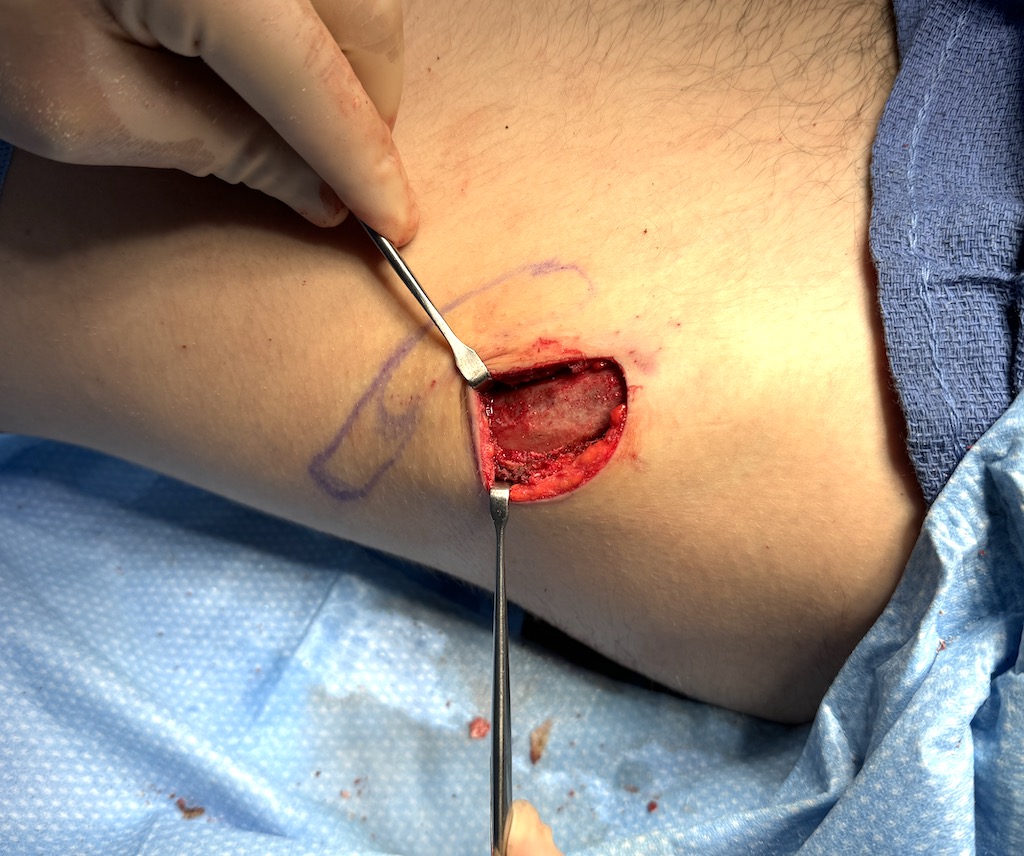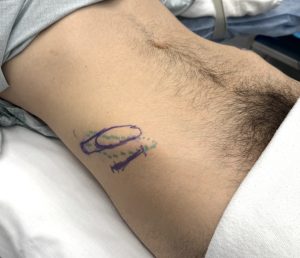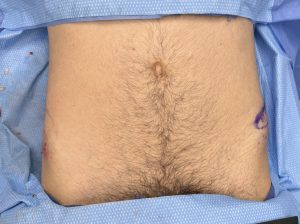


Case Study: This young tall thin male was bothered by his prominent anterior iliac crest and the width that it gave to his hips.








Iliac crest reductions are another structural body contouring surgery that lacks familiarity and hence awareness that it can be successfully done.
Key Points:
1) The iliac crest contributes to upper bony hip width which is most prominent in thinner patients.
2) The anterior superior iliac spine (ASIS) is the most visible of anterior part of the iliac crest.
3) The width of the bony iliac crest can be safely reduced through an incision below it without any long term functional limitations.
Dr. Barry Eppley
World-Renowned Plastic Surgeon









